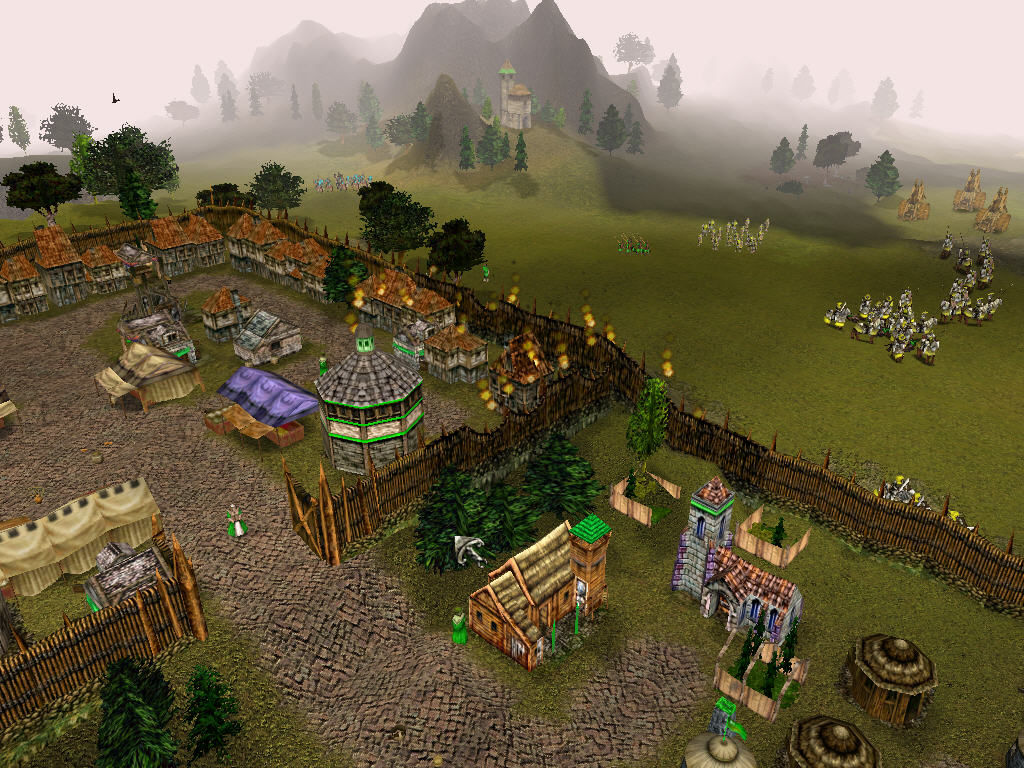In this article, we look at how to access the System folder and also, what you can modify within System Preferences, which is not hidden and contains some valuable tools and ways to make changes within your Mac.
How to access the System folder
Apple prefers to hide folders that could be at risk from viruses and cyber attacks. Not only that, but if an inexperienced Mac user were to make a mistake — or delete something important — native or downloaded (third-party) applications could stop working. It is therefore safer if certain folders, such as the Library and/or System folder remains hidden.
However, there are times when you need to access these folders. Maybe an app is misbehaving, so one way to solve this problem is to “Delete the application's plist”, which is only possible with access to the System folder or Library. Within these folders, you benefit from complete control and can modify settings or clear out cache files.
Access the System folder using Terminal
The Downloads Stack and Downloads Folder: By default in OS X Yosemite, downloaded content is. Right-click on the Downloads Folder in the dock to bring up the options menu. Once the options menu appears, hover your mouse over Options and then click on Remove From Dock Option in the contextual menu that appears (See image below). The Downloads Folder will be immediately removed from the Dock and placed in the Home Directory of your user account on Mac.
However, if you would prefer doing this the manual way, here is how you can access the System folder:
- Launch Terminal; which you can find in /Applications/Utilities
- Enter this command in Terminal:
chflags nohidden ~/System - (If nothing shows up under that name, try /Library as an alternative)
- Click Return. Make sure the command is executed.
- Quit Terminal. The System folder should be visible in the Finder.
- If you ever want to restore this to how it was before enter the following command in Terminal:
chflags hidden ~/System - Click Return again and it should be back to how it was.
How to see Mac system files in Finder

Only attempt this method if you are comfortable using Terminal and have used it before. This method will make the folder permanently visible, so if you’d prefer it was only temporary, there is another way - for those using using Mac OS X (or macOS) Mavericks and later.
- Open a Finder window and go to your Home folder.
- Within the Finder menu, click View > Show View Options.
- Place a checkmark next to Show System or Library Folder.
And that should give you quick temporary access to the System folder. Although you may need to do that again after you've accessed it as Apple prefers to keep this hidden.
Pro Tip: If you’ve previously used iPhoto — but are now using Photos on your Mac — you could have duplicate iPhoto libraries. You could be amazed how much space you could save.
How to access System Preferences?
Now, if you aren't looking for complete control of the apps on your Mac, there is another way to modify how everything operates.
- Go to the Apple Menu.
- Find System Preferences. Or you can access this through Siri, Finder or the Applications Folder.
- Within System Preferences you can make a wide range of top-level system changes without needing to access anything hidden through Terminal or the Finder.
With this level of behind-the-scenes access, you can make improvements to the performance of your Mac. Delete apps that take up too much space. Customize how your macOS looks. If your Mac isn’t performing as well as you would like, gaining access to System and Library folders is one of the best ways to regain the speed and efficiency you once enjoyed.
Two more tricks to unlock Mac system folders
There's a special keyboard shortcut that displays the protected folders in Finder. All you need to do is to press:
Shift + Command + Period character
How To View Download Folder On Mac Os
This immediately reveals the semi-transparent folders that are normally restricted for access. Repeat the combination to undo the operation.
View Mac System folder with CleanMyMac X
Another way to unlock the hidden space is to download the tool, I often recommend, CleanMyMac X. It has the so-called Space Lens feature that builds the interactive map of your storage. You will see lots of folders you rarely get to visit, like Movies, Application cache etc.
Download the app's free edition here.
Now you can explore the space 'bubbles', zoom on hidden files and folders, and delete them right on the spot. A good way to free up space when you need it. Here is the System Folder as viewed from the Space Lens:
Open My Downloads Folder Mac
Now you know everything about finding the System folder on a Mac. Hope you'll find this article helpful.